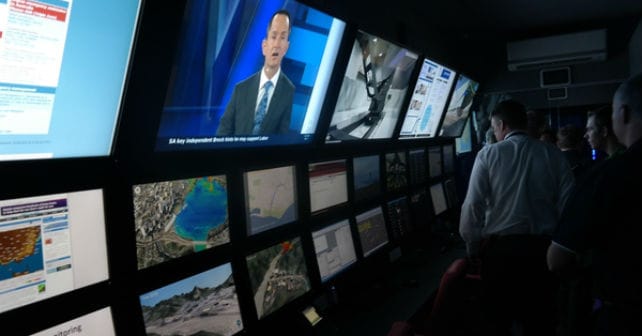Could China's future eco-cities fail to deliver?

CHINA WATCH Earlier this year, this Greenbanger excitedly read a story in Wired about a new eco-city that was being developed from scratch in China. The place, Dongtan, has been billed by its engineers, Arup, as the “world’s first sustainable city”–and the concept is truly compelling. This description pretty much sums it up:
The first of four eco-cities to be built in China by Arup, Dongtan will be ecologically friendly, with zero greenhouse-emission transit and self-sufficient water and energy systems. The city is being designed around a series of village-style neighborhoods to make it pedestrian rather than car friendly. Dongtan will generate all of its energy needs from renewable sources, with zero emissions produced by the city’s vehicles.
However, a fascinating feature in Popular science this month warns that the reality may end up being somewhat less than perfect–in Dongtan, and in other copycat eco-cities being developed elsewhere in China.
The piece is a little short on details about what might be going wrong, but the author’s visits to various eco-city sites around the country appeared to raise more questions than answers.
Everything seemed master-planned down to the placement of the sailboats, and as the Chinese officials dodged every specific question asked, I found myself increasingly skeptical that the island’s development would be anywhere near as green as promised. The crowd seemed to feel the same way. “Is it realistic?” asked a German architect standing near me of his Brazilian friend. “It’s total crap— propaganda,” the other replied.
Weirdly, however, a visit to Linfen, one of China’s most polluted cities (check out this photo story to see just how bad it is), gave rise to some optimism about the future, given the Chinese government’s ability to implement whatever reforms it wishes. There, a crackdown on pollution, delivered in a uniquely Chinese way, has helped the city fight back against the grimy air:
But now, Yang said, the cleanup was equally dramatic. The first step was to block coal trucks at the city’s boundaries; suddenly there was much less coal dust. Next came heating: In 2006 alone, Linfen added enough gas-fired central heating to reach more than half of the city’s 4.1 million people, and it knocked down 197 large coal-fired boilers and more than 600 smaller, family-size boilers. Now 85 percent of the city uses natural gas rather than coal for their heating. Perhaps most significant is the crackdown on dirty factories at the fringes of Linfen. SEPA forced 100 of the smaller, less efficient, often illegal ones to close last year, and this year it has given notice to nearly 150 more. The city’s larger factories face new environmental standards, and the government is helping them to install sulfur scrubbers. With those that don’t follow its directives, SEPA plays hardball—freezing their bank accounts, cutting off their electricity, and blocking all transportation to and from the facility. Flora and I heard rumors that, if needed, SEPA sometimes takes a final step: It sends in an explosives team and simply blows up the offending businesses.




